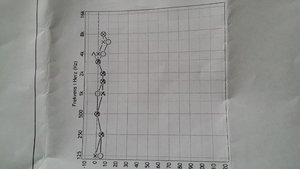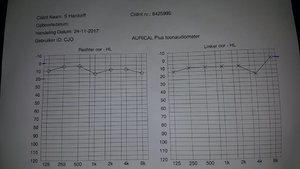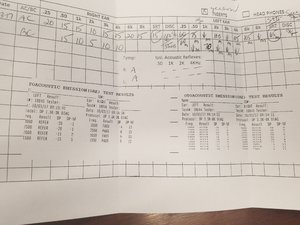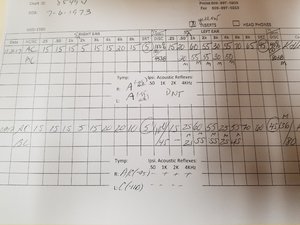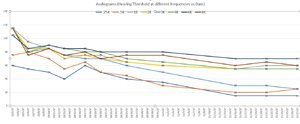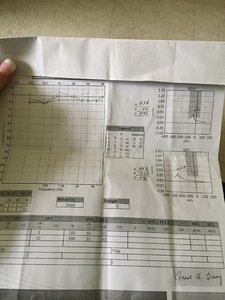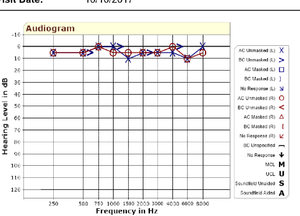Consider me jealous, I wish my hearing test looked that good. According to audiologists and ENTs that I have seen, frequency fluctuations between 0 to 20 decibels fall within normal hearing changes. Especially as we age, even if we're relatively young.
Here is a link that explains far better than I can how to read your audiogram:
http://www.hopkinsmedicine.org/otol.../hearing-testing/understanding-audiogram.html
Was this your first hearing test? I have had way too many and they drive me crazy.
Here is a link that explains far better than I can how to read your audiogram:
http://www.hopkinsmedicine.org/otol.../hearing-testing/understanding-audiogram.html
Was this your first hearing test? I have had way too many and they drive me crazy.


 Member
Member